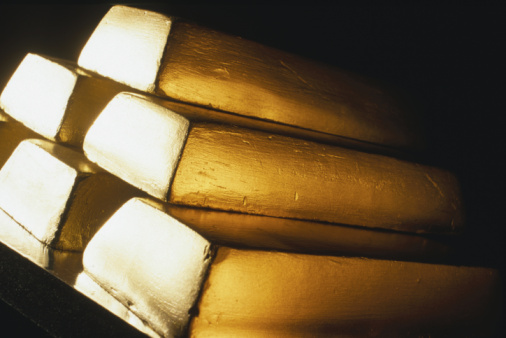Turning tailings into gold


With the price of gold still strong, no one is surprised to find gold in an old gold mine. What used to be considered waste is now a resource. Two proposed tailings retreatment projects – one in British Columbia and one in Manitoba – are looking into the possibilities.
New Carolin Gold of Vancouver has completed a preliminary economic assessment for tailings reclamation at the former Ladner mine north of Hope, BC. The study recommends that a portable, 400-t/d mill be used to produce a saleable concentrate from the old tailings. The mill would operate seasonally over five years, producing 24,483 oz of gold in concentrate.
Without question, this is a small operation, but the capital required to get it going is small as well. The company believes it needs only $8.3 million. The tails contain an indicated resource of 445,378 tonnes grading 1.83 g/t Au at a 1.00 g/t cut-off. The inferred resource is 93,304 tonnes at 1.85 g/t Au.
The Ladner project has several opportunities for improvement, says New Carolin. The flowsheet could be altered to increase the levels of gold contained in the concentrate. Improved metallurgical performance would boost the recovery rate above 85%. There is also the potential to recover payable amounts of silver.
The complete PEA will be posted at NewCarolinGold.com within 45 days.
Near Flin Flon, MB, Satori Resources of Toronto has already recovered some gold from the milling equipment at the Tartan Lake gold mine. An initial 79.9 oz of gold and 4.61 oz of silver were recovered from 2.46 tonnes of material. The mill cleanup will continue, but the company also plans to reprocess the tailings this year. The money made from reprocessing the tails might be sufficient to reopen the mine.
The Tartan Lake property has an indicated resources of 1.0 million tonnes grading 4.0 g/t Au and an inferred resource of 1.9 million tonnes at 3.9 g/t Au.
A location map of the Tartan Lake and a detailed plan map and photos of the tailings pond can be viewed at Satori's website, SatoriResources.ca.
Comments